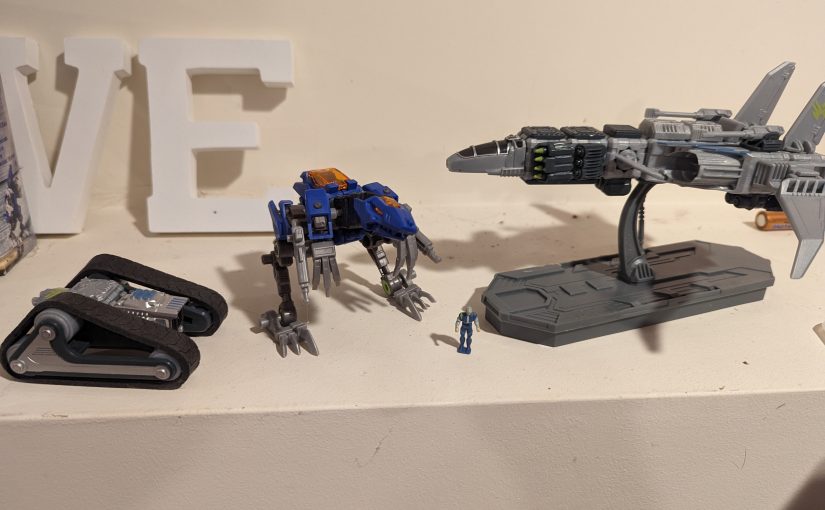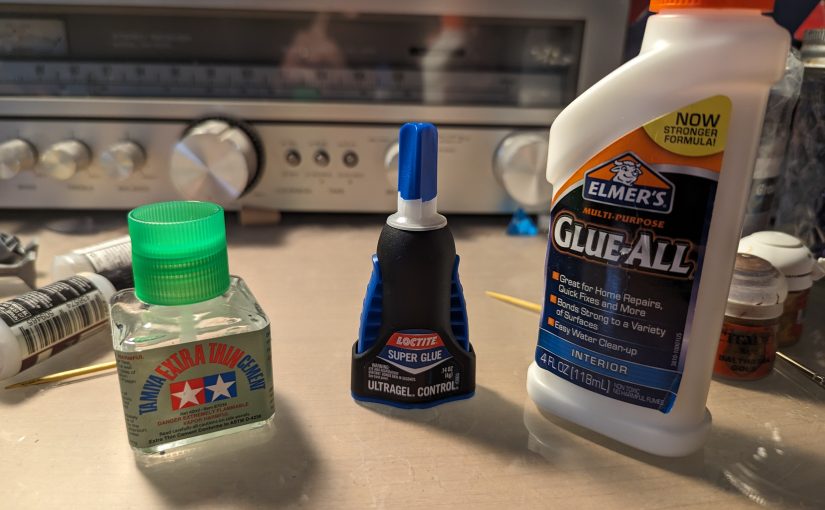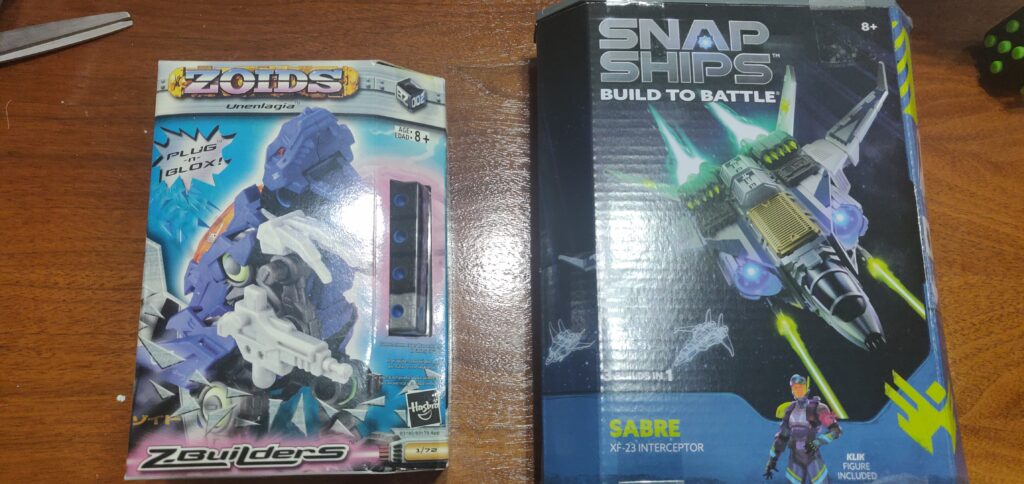
A long time ago, I got my hands on Zoids Z Builders (aka Blox) and thought they were pretty cool, but didn’t really chase it further. As I sometimes do, I wondered if there was a modern equivalent, so I looked for ‘scifi robot cube building toys’ and found SnapShips. Over a decade after the debut of Z builders, it’s worth comparing these cube-and-greeble 1/72 scifi building toys of past and present.
Z Builders
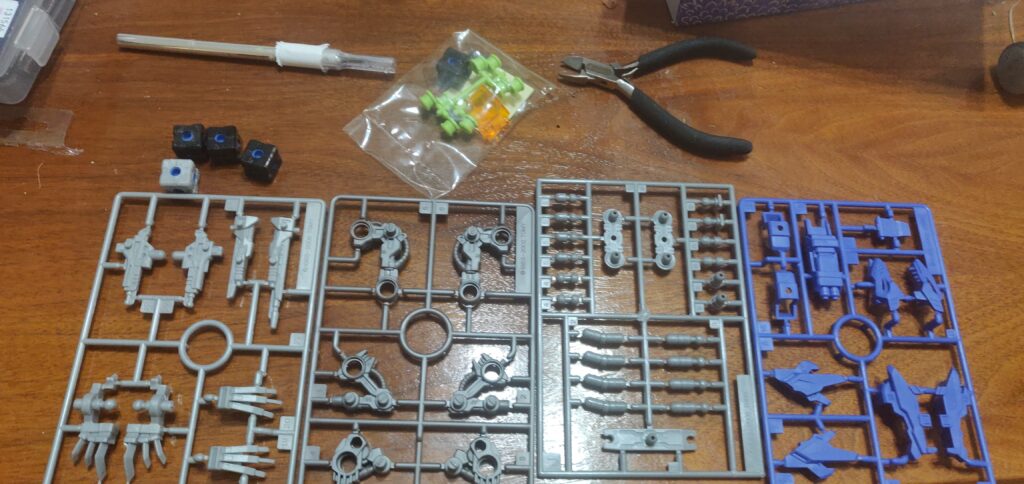
The first thing you notice about the Zoids model is just how much of a capital ‘M’ Model Kit it is. Previous Zoids figures where less toy like-they where a little more like something you’d see from Tamaya or Airfix, though they contained motorized play elements. Z builders adds freely moving joints/possibility and a building system instead of a windup mechanism, but you are still looking at sprues when you first open the box, and decals when you finish the build. Like some Gunpla kits, the sprues are made of different colored plastic so no paint is required for a half decent paintjob.
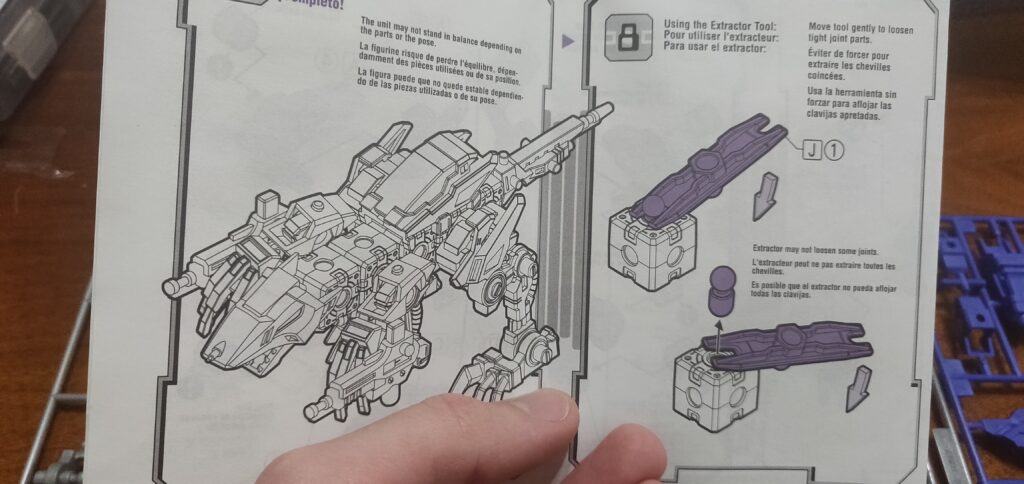
One interesting similarity between ZBuilders and SnapShips is that they both include a small tool for disassembly. SnapShips include a spudger, and Zoids ships with an ‘extractor tool.’
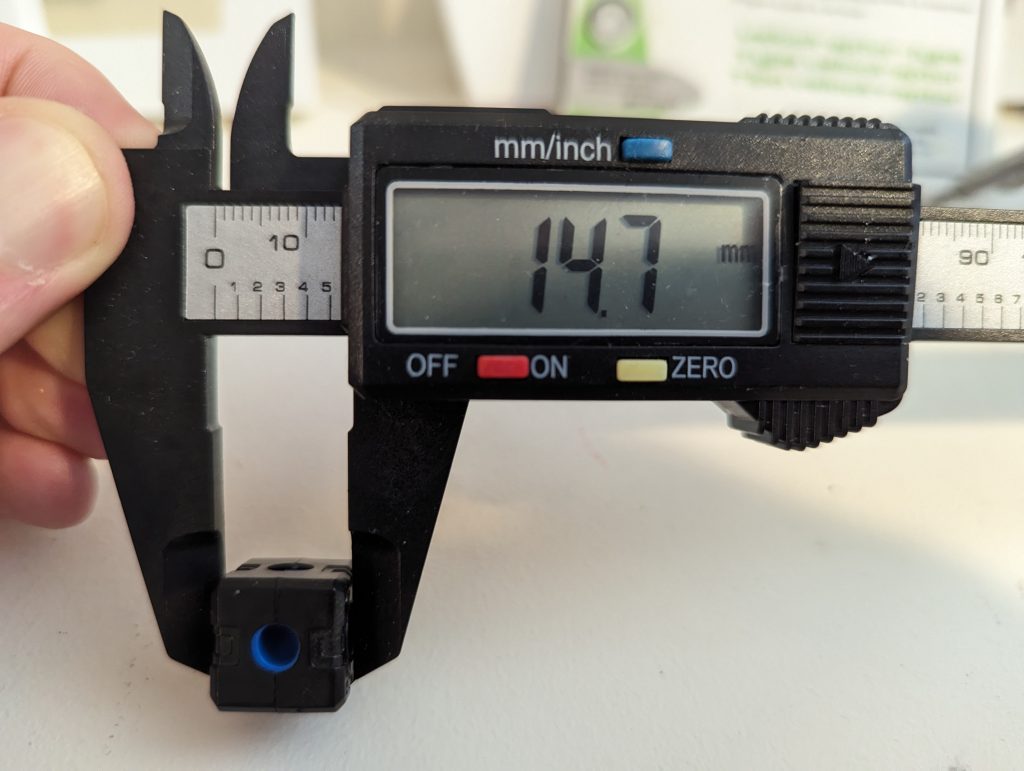
The stickers are a pain. There is no guide so you have to sort of look at the box and figure out where they go, (again) more like a traditional scale model. They are in a grid and the squares are much larger than the places you need to put them, so you have to cut them to size. After all that, they don’t go on super clear. Wet transfer decals would have been better if they’re not going to die cut them anyway. They do add a nice sense of scale though.
The model is somewhat poseable. It won’t really hold a pose that involves much weight because the rubber joints are rather weak. It’s possible that the decades since it was manufactured have taken a toll on the rubber. Still, robotic dinosaur: very cool. Timeless even.
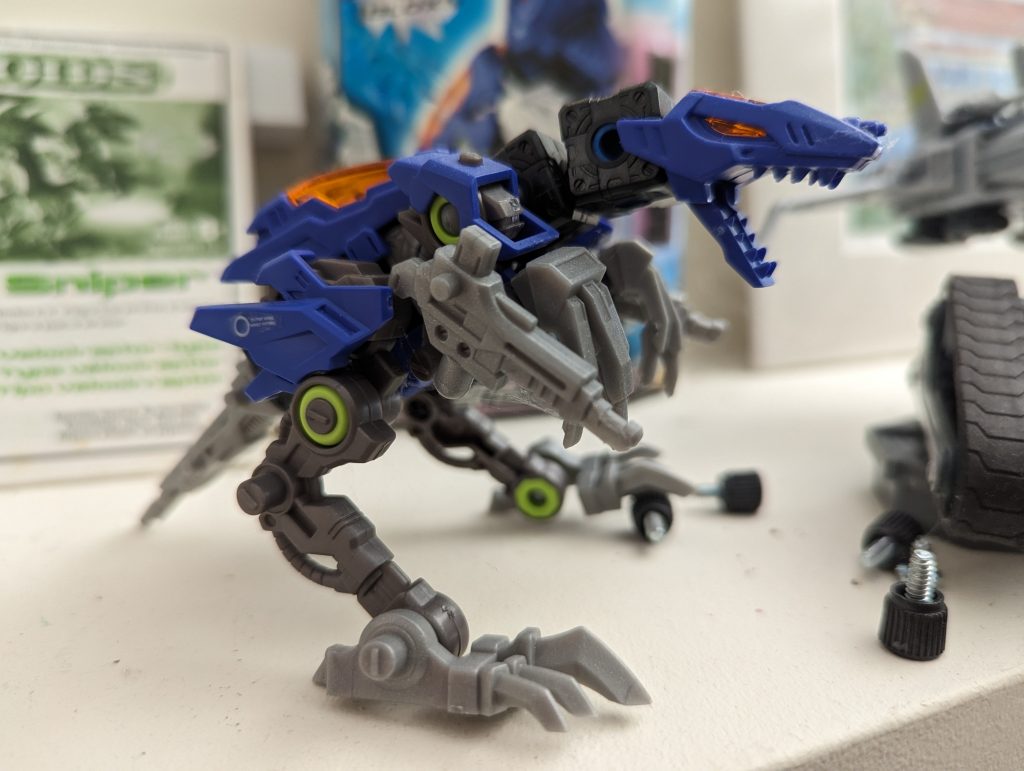
SnapShips
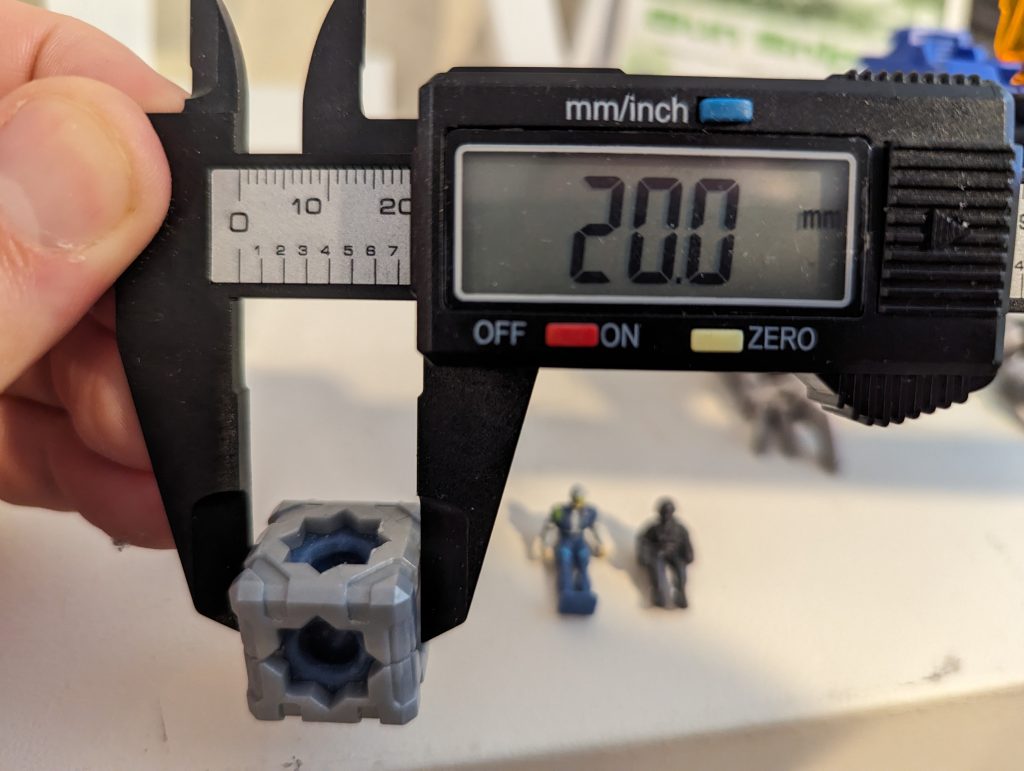
The SnapShips have much more detailed, Lego style instructions but they aren’t really as needed if you want to build it like a puzzle. The blocks lock together so that rather than flexing, they hold a specific shape. The parts are all in bags – no sprues which is honestly kinda chaotic.
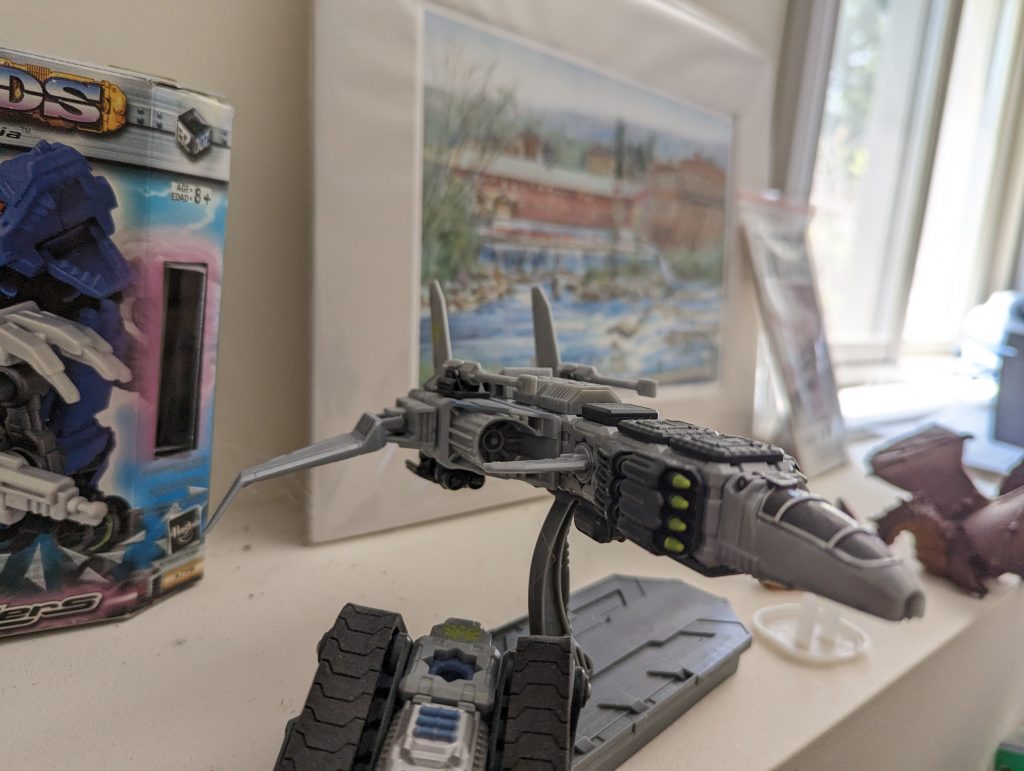
The SnapShips contain three alt-builds each, similar to what Lego does with its Creator theme. I built the forward-swept wing design rather than the front-of-box design.
SnapShips give you tons of rectangular greeble panels, but a cube is relatively large compared to the scale so all of the vehicles you make will turn out very blocky. There are relatively few specialized pieces besides the aforementioned panels. Between sets there’s a strong compatibility at least – there’s only two color schemes. You get prints instead of stickers too. I think the appeal may be limited for SnapShips though. Trying to make something sleek out of something so boxy is going to be a challenge with the part set available, and the boxes are so big compared to the features people will want to capture is going to make that rectilinear form stand out.
Something else to consider about SnapShips is that it’s got a full blown tabletop war game of all things associated with it. Apparently it’s quite similar to X Wing. 1/72 is sort of a huge scale for dogfighting, but some reviewers seem to love it.
